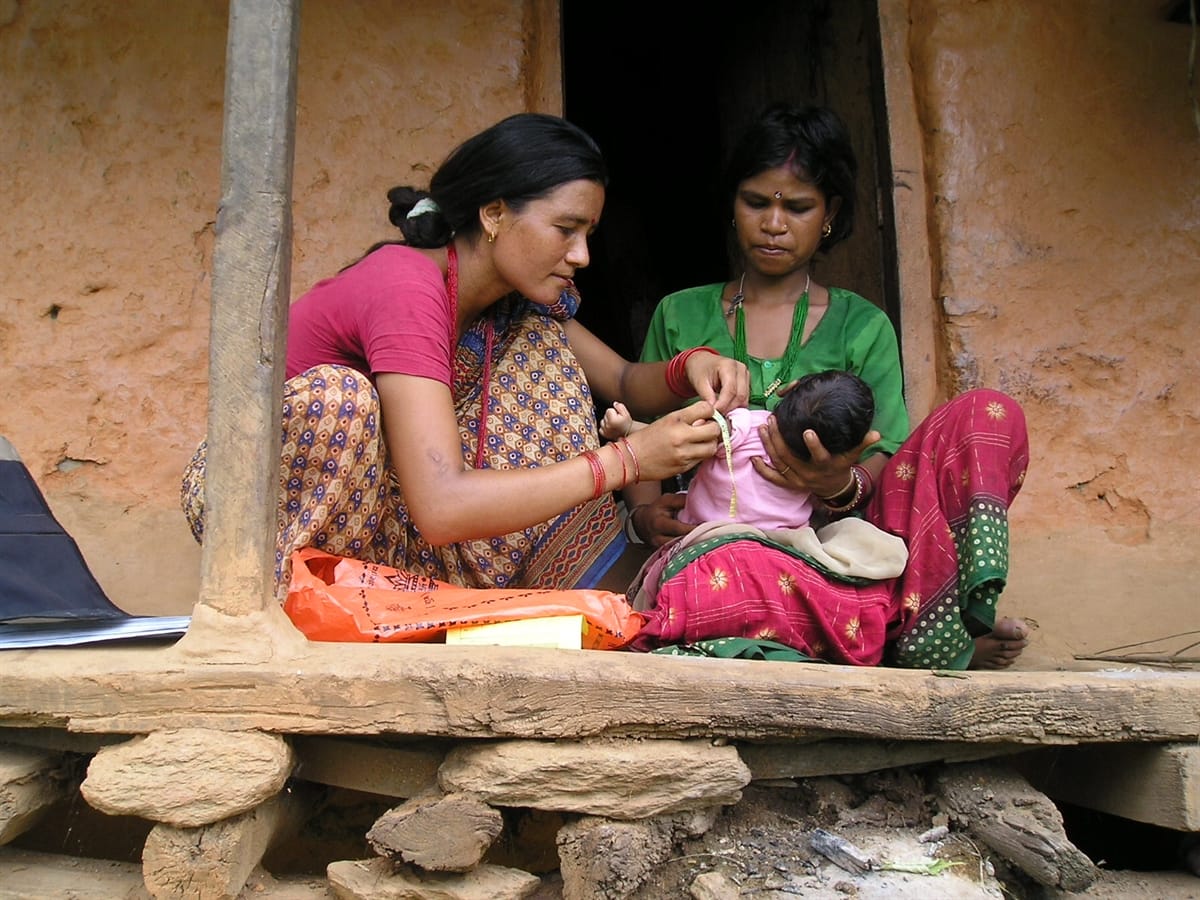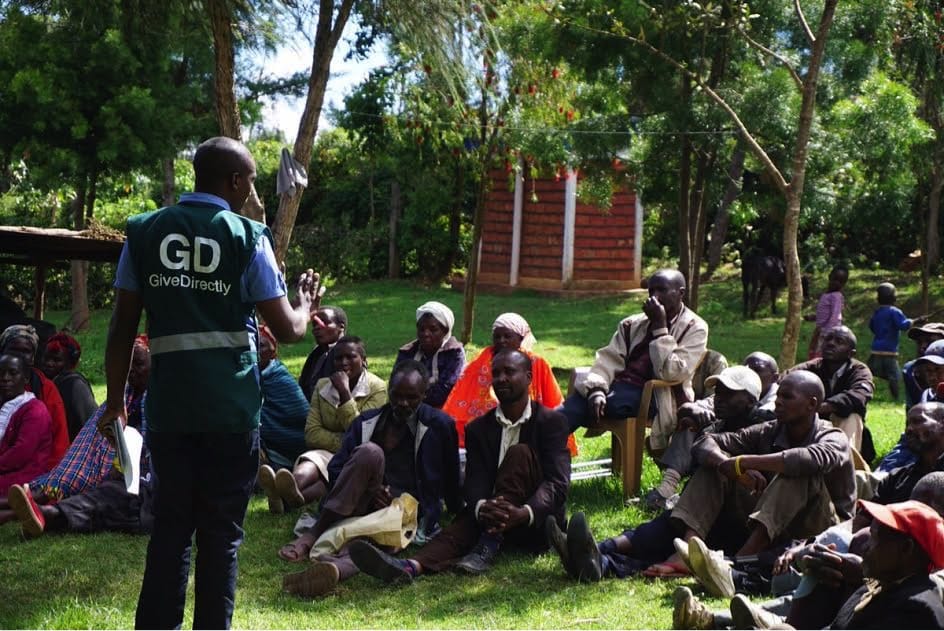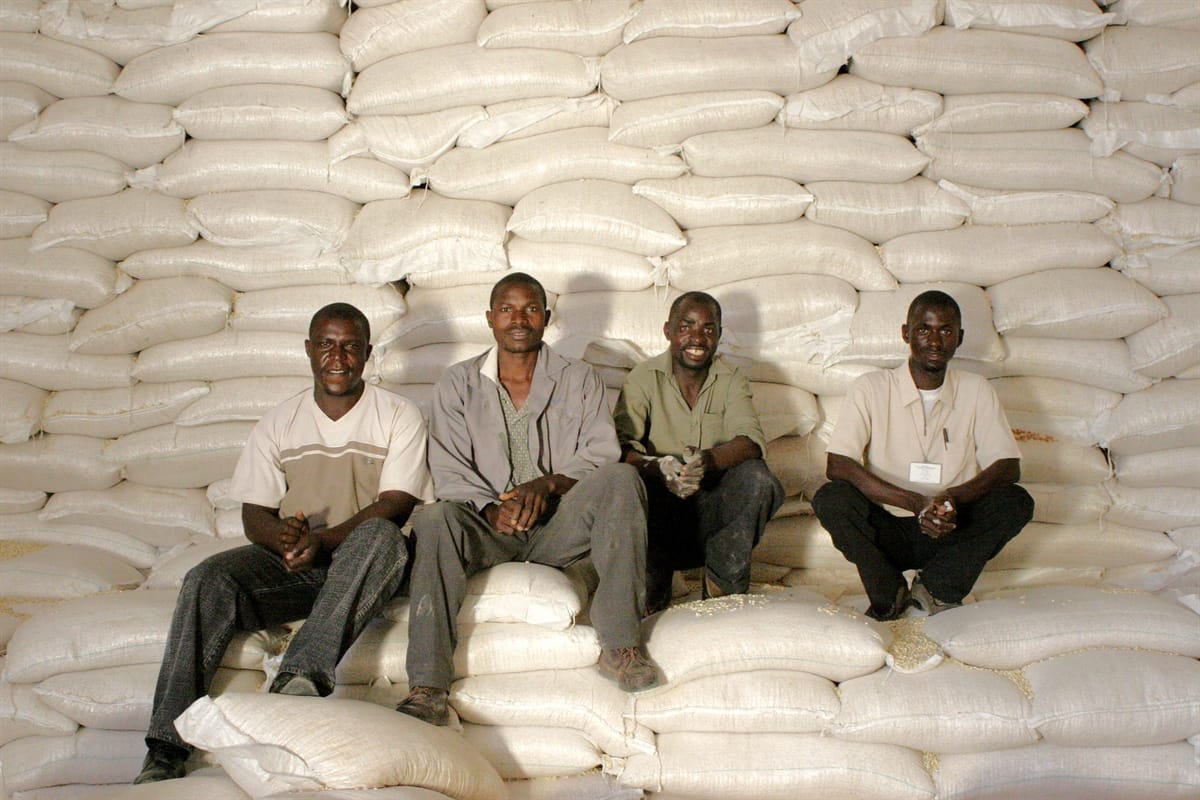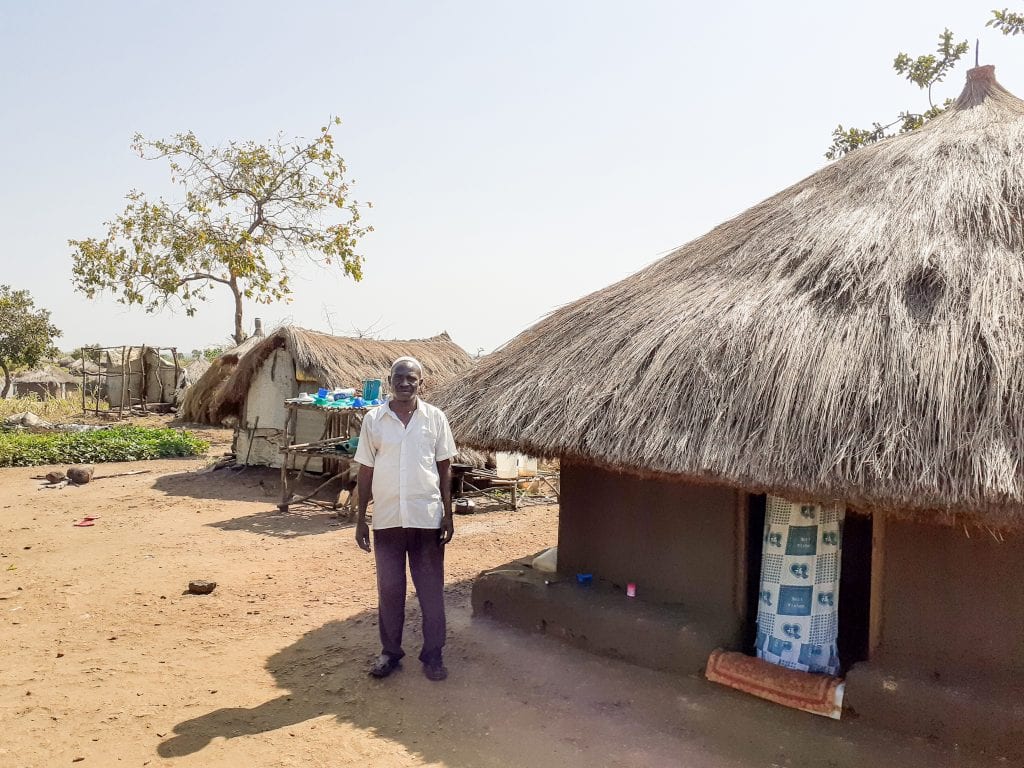Parts of this article previously appeared in Health Affairs Blogs of May 21, 2105 and November 1, 2017
How to pay for, regulate, and address inequities in access to health care remains a fundamental challenge to countries around the globe. New and disruptive medical technologies, mass migration, emerging infectious diseases, and growing income inequalities all demand flexibility and forward-thinking on the part of those involved in improving health systems. In this context, everyone should pay attention to the recent historic passage of the National Health Insurance Act by the Parliament of Nepal, which Possible advocated for over the past two years, including providing costing data utilized to inform the national reimbursement scheme.
Lack of health coverage is a global problem, with an estimated 400 million individuals lacking access to essential health services in low-income, middle-income, and high-income countries. This is why universal health coverage—the ability of a health system to effectively deliver essential health services without undue financial hardship to all—is prominently featured in the United Nations Sustainable Development Goals as part of Goal Three: Good Health and Well-Being.
Some form of national health insurance is foundational to achieving universal healthcare coverage, yet there are few working examples of national health insurance in low-income countries. Even a number of high-income countries lack legislative mandates that provide comprehensive coverage. Nepal’s new act adds the nation to the list of countries with a solid national health insurance foundation.
In a truly watershed moment, the Parliament of Nepal passed the National Health Insurance Act in October 2017. For Possible, a nonprofit healthcare company that has operated in Nepal since 2008, the Act presents a path toward expanding healthcare access to those who have been left behind, including those in the most remote and underserved rural areas where Possible operates. Thus far, Possible’s integrated care model has been supported by a blend of philanthropic, bilateral and government funding.
Nepal’s approach to insurance in its new act has the following features:

- First, it carries an individual mandate; therefore, all citizens must enroll to allow for risk pooling, equity, and a broader political notion of an entire nation being behind a shared, public good.
- Second, there are modest out-of-pocket premiums, and they are subsidized for the poor, disabled, and elderly. (Services covered via insurance will be in addition to the free services provided by the government such as immunization, maternal and child care, and dialysis).
- Third, it introduces a payer-provider split for the first time in the country’s history. Historically, the payer and provider of public-sector services have been the central government. Now, a head of the insurance board is nominated by Cabinet and he or she will be independent from the Ministry of Health. Both public and private providers that receive reimbursements will then be managed independently from the insurer.
- Finally, the reimbursement includes, for inpatient care, payments based upon diagnostic groups. This is a small but important foundation for payments linked to quality instead of strictly volume of diagnostics performed or treatments dispensed.
These features will lay the groundwork for future policies aimed at regulating health care on the basis of outcomes, quality, and cost efficiency. For Nepal to continue to lead, further innovations and adaptations will also be needed:
- The country will need to rapidly digitize on a common electronic health record (EHR) platform. As it stands now, claims processing is electronic, but almost all empaneled facilities lack an EHR system.
- A move away from fee-for-service to core revenue coming from the National Health Insurance itself. Fee-for-service health care systems in impoverished settings exhibit three similar features to this approach even in wealthy nations like the U.S.: doctor- and hospital-centered health care provision; lack of incentives and tools for longitudinal, home-based follow-up care; and a fee-for-service revenue model. These features pose an ominous threat to the financial sustainability and quality of the national health care system over the long-term, because they lack a regulatory regime that holds providers accountable to quality and cost.

- Nepal will also have to innovate in terms of how longitudinal care is delivered across the lifetimes of its citizens in both homes and communities, with the ultimate goal to move away from the dominant paradigm of reactive acute care. For this purpose, Nepal can leverage its rich history in providing of community-based, preventive care delivery with added professional staff and public investments. As seen throughout the world, connecting community-based prevention with facility-based care has been challenging. Central to achieving the goal of community-based care will also be the public health facilities anchored within communities and supported by a web of paid, professional community health workers who can coordinate care between the facilities equipped to deliver essential and appropriate treatments and medicines at the home and use technology to facilitate remote medical advice from doctors. These approaches have been core to Possible’s model thus far, and we are excited to augment them with the opportunities posed by the Insurance Act.
- The final key innovation will be creating operational definitions of quality and an institutional framework for enforcing that quality. Already, Nepal is moving forward with the National Health Institution Quality Authority Act, which would introduce accreditation and oversight of quality. Possible has invested heavily in creating a digital platform for defining quality from a process and patient outcome perspective, and will be using that platform to connect quality with payment. We have successfully achieved the participation of Nepal as a member of the Lancet Global Health Commission on High Quality Health Systems. Two staff from the Possible team are members of the national commission. This is a platform for advancing the dialogue around healthcare quality nationally while also participating in the global discussion.
With these next steps of institutionalizing a framework for and operationalizing healthcare quality, Possible can play a crucial role in closing the gap for the thousands who have been left out. Examples of ways Possible is already serving as a model are:
- Bayalpata Hospital, which Possible helped build in Achham, was the only privately managed hospital selected to participate in the national health insurance rollout pilot.

- We plan to study the operationalization of the Insurance Act in both Achham and Dolakha in order to provide provider and patient feedback with which to further improve the system.
- We will advocate for healthcare across the country to evolve away from fee-for-service to a capitated (per capita) system.
For Possible, the Insurance Act presents an opportunity for strategic scale-up and financing of our integrated care delivery model to reach more catchment areas and serve more patients. Namely, we will work with the insurance program to align the revenue from insurance with that of comprehensive, longitudinal care. As we do in other domains (community health workers, mental health, pregnancy care, digitization), we will evaluate the impact of insurance on clinical care delivery systems and work to scale up insights through policy and practice change.
We have already made the following progress:
1. We have received our first insurance reimbursements for care delivered in Achham
2. In working closely with the prior Minister of Health, we have significantly advanced the Public-Private Partnerhips (PPP) policy internal to the Ministry of Health with many of our ideas incorporated on the optimal functioning of PPPs in Nepal. This also will set the stage for scaling of our particular PPP model with federalism and the new municipal structures that have formed.
3. Again in closely working the prior Minister of Health, the Quality Accreditation Act has made its way out of Ministry of Health and to the Ministry of Law. In parallel, we have succeeded in getting Nepal a spot on the Lancet Quality Commission and have held our first meeting. This feeds into a long-term goal of creating a regulatory framework to hold Possible and other healthcare providers accountable to high quality, rational health care.
The passage of the National Health Insurance Act is a foundational legislative achievement that will help to better leverage current public and private health systems’ strengths to address the large gaps in health care facing much of the country.
Can Nepal push the envelope around patient-reported outcomes? Can Nepal re-define population-based outcomes? Every nation is trying to address these fundamental questions, and Nepal is well-positioned to help deliver new ideas and solutions.
Support Possible’s work in Nepal here.





